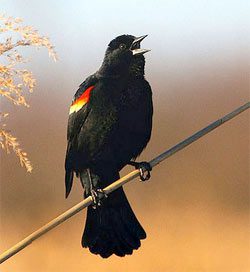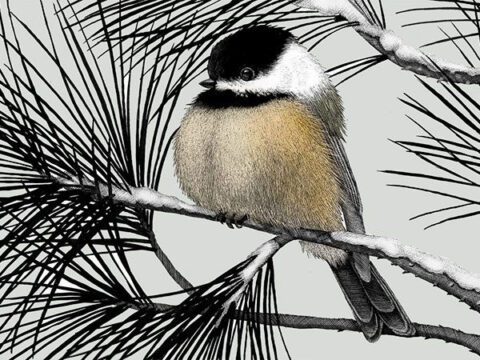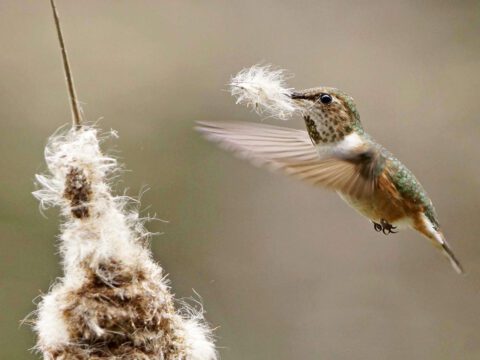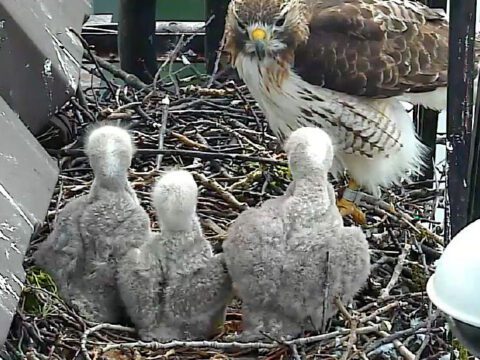Radio Interview About Dead Blackbirds
January 5, 2011
There’s been an immense amount of concern and confusion about what caused thousands of Red-winged Blackbirds in Arkansas to drop dead in the middle of the night on New Year’s Eve. The general public and media outlets have been calling us with questions, but it’s been very hard for anyone—even the biologists working on the scene—to pin down causes this soon after the event.
This morning Hofstra University’s radio station, on Long Island, aired an 11-minute interview with Cornell Lab scientist Kevin McGowan. We’re reposting it here because Dr. McGowan gives a good summary of what the likely causes may have been (as well as some things that probably didn’t cause it), why the well-publicized fish kill 200 miles away was almost certainly not involved, why urban birds may be better able to avoid disaster than rural flocks, and related topics. It’s a fascinating and level-headed discussion amid all the uncertainty. Audio courtesy of WRHU.
Also: listen to Dr. McGowan discuss the issue on National Public Radio’s On Point radio program, from Thursday, Jan 6, 2011.
Meanwhile, workers in Arkansas and Louisiana seem to be getting a clearer idea of what likely happened, according to this brief summary posted to the Lousiana Birding listserv by Audubon’s Melanie Driscoll. The causes are thought to be fireworks in Arkansas and power line collisions in Louisiana.
In McGowan’s interview, he touches on one last issue to keep in mind. “Birds hit things all the time, but usually it’s only one or two, and so we don’t really notice it,” he says. In fact, we know that hundreds of millions of birds die every year from flying into windows, buildings, power lines, radio antennas, cell towers, and wind turbines. That number dwarfs the present event, but it goes unnoticed because it’s spread across the country and throughout the year.
This news from Arkansas should inspire us to pay attention to the things we can do to make these more dispersed, less newsworthy tragedies less commonplace (see also Audubon president David Yarnold’s CNN op-ed yesterday.) That includes making our structures and towns as safe for birds as possible, by turning off skyscraper lights at night, making our windows safe for birds, keeping cats indoors, and a host of other small actions that can add up to great effect.

All About Birds
is a free resource
Available for everyone,
funded by donors like you
American Kestrel by Blair Dudeck / Macaulay Library



